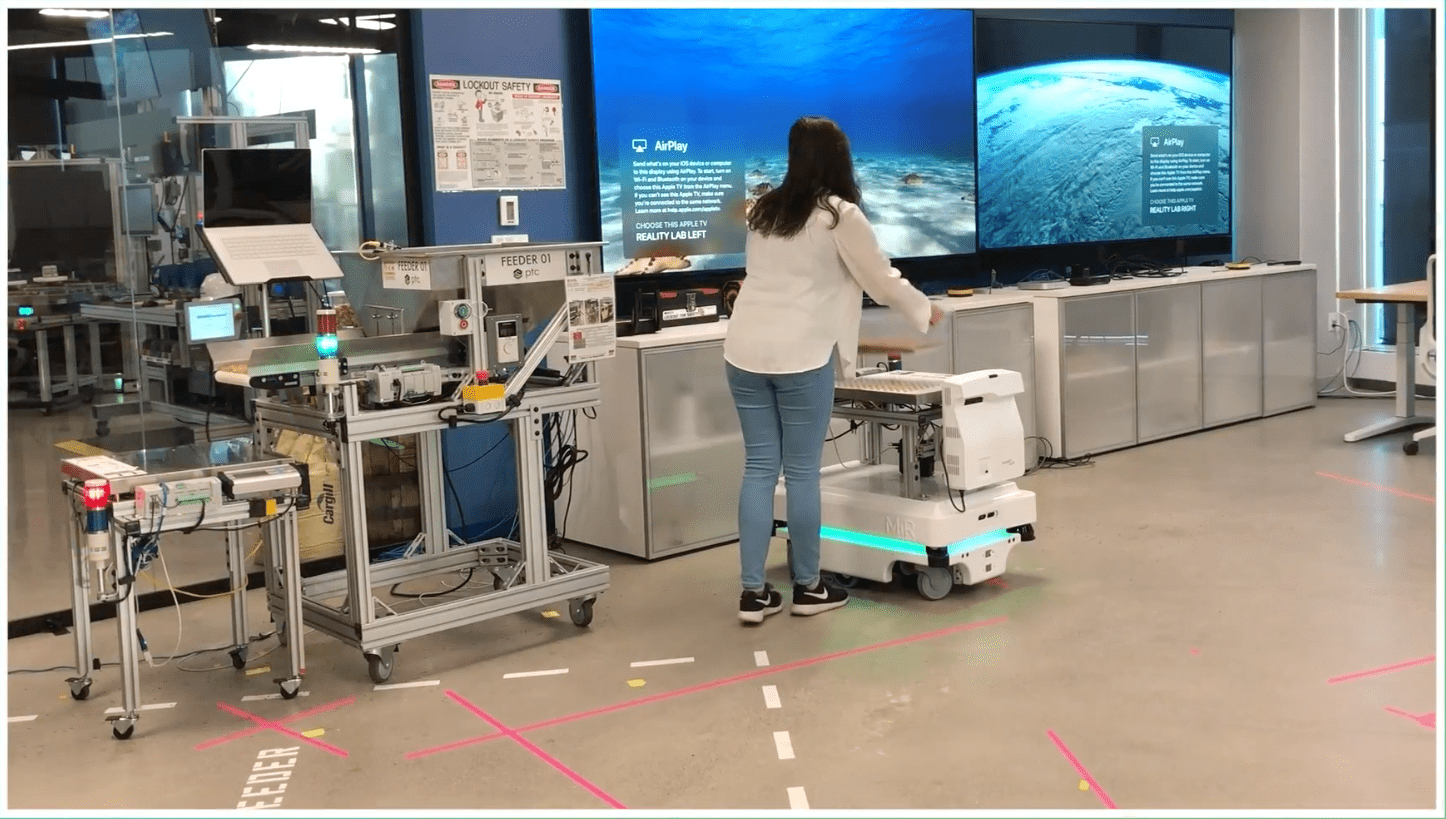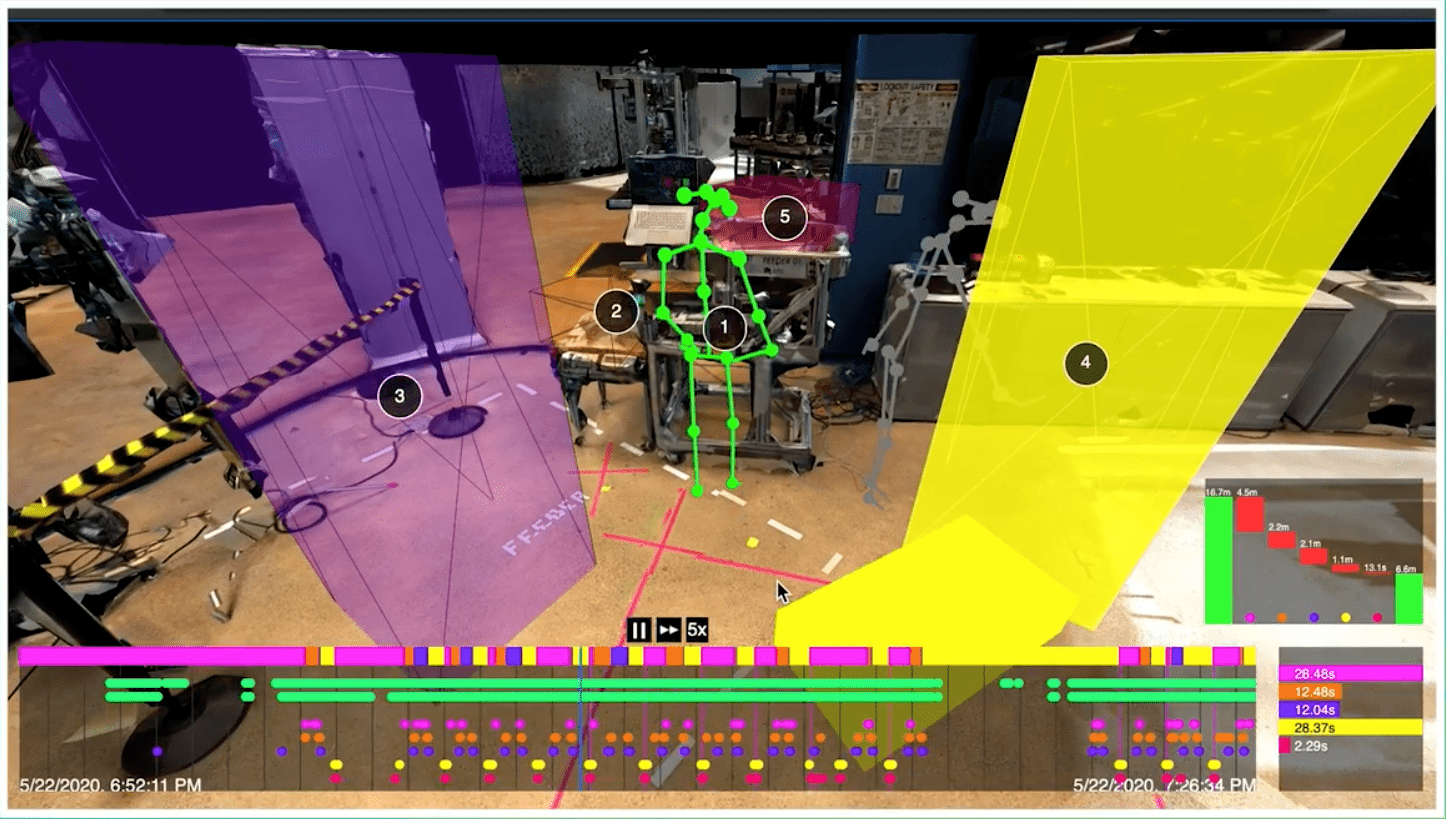As I sat in a London restaurant having Christmas lunch, I looked across and spotted a boy in his teens at an adjacent table with an Oculus headset on. This Christmas gift was generating great excitement as he immersed himself in his new experience that was clearly more fun than talking to his parents over lunch. Others in the restaurant were horrified at the lack of a traditional family meal with good, polite, conversation. Herein lies the metaverse hype – a world where we are all immersed in virtual reality and living a totally parallel life, wandering around with augmented or virtual reality headsets on (AR / VR) failing to engage with those physically around us while we instead focus on the characters in our virtual world. But this will only be a very small minority use case for the metaverse. Far from being a futuristic brave new world, the metaverse will be a natural augmentation of the existing online one that we live with every day. Finding a definition is hard but at its core, the metaverse is a virtual world where large numbers of people can gather to play, work or socialise.
One of the reasons why the theme gets a bad name is that many of the existing and early adopters are in the gaming world. Ask anyone what Roblox is and 90%+ of the time the response will be that it is a gaming website, in our view. Ask the founder and CEO, David Baszucki, and he will tell you it is a platform far more than a game. It is a platform that allows users to create content across the spectrum – in fact, Baszucki’s first company, Interactive Physics, was an immersive online experience for teaching physics and partly inspired the Roblox vision. Roblox was named as a smash together of robot and blocks, implying the building of things. There are almost 10 million developers building content for the platform and this is where the metaverse really starts to get interesting. As a virtual platform, where an online avatar identity can be taken across different content arenas like games or education or stores or factories, we can start to see the immersive virtual world that really defines the metaverse. The hardware platform by which we access it is not then so relevant; it could be a VR/AR headset but equally it can be a smartphone, laptop, gaming console or other device. This is where some of the confusion comes from – Mark Zuckerberg at Meta (Facebook), for example, often seems much more focused on the augmented reality aspect, the device platform. This is not the driving force of the immersive opportunity; it is the social (in its broadest sense) aspect where people communicate and collaborate.
Having defined the metaverse, where are the big opportunities for it to create the next wave of innovation? The answer is everywhere! We think it will drive both new revenue opportunities as well as productivity enhancement across so many industries – retail through vStores, production and design in industry, 3D analytics, product demos, virtual tours; these are just a few examples of areas that will likely be highly enhanced.
Swetha Ramachandran, Investment Manager, Luxury Equities, has done work on the impact of the metaverse on luxury brands and by implication retail more generally. There are two interesting areas for retail – the development of the ‘virtual’ goods market, and also a more immersive brand experience and the impact on physical goods sales. Gucci launched a virtual store on the Roblox platform and has seen 20 million visitors1; the experience is so much more immersive than a Facebook page or a short form video clip. Here is a slide from one of Swetha’s presentations highlighting the digital opportunity. It is estimated that USD 100 billion will be spent on virtual goods in 2021.2

Morgan Stanley estimates that the broader Metaverse opportunity could add as much as 25% to the luxury brands total dollar EBIT by 2030.3 Image is everything, particularly in the virtual world; one in five Roblox users change their avatar daily, demonstrating the power of luxury image and brand.
Adidas recently launched an NFT offering. 30,000 NFTs sold at 0.2 ETH (1 ETH = USD 4,000 approx). These tokens were changing hands at 0.8 ETH just a few weeks later.4 Adidas takes a 10% fee on each transaction, all self-regulated and authenticated on the blockchain. It is quite possible virtual goods transactions could have a measurable impact on profitability over time.
Another area in which the metaverse will play a big role is design and manufacture. Boeing has announced it is creating a digital world built on virtual and augmented reality to design its next airplane. It will aim to “unify sprawling design” processes. According to its Chief Engineer, Greg Hyslop, 70% of quality issues track back to the design process.5 By creating a 3D immersive environment twinned with robots that speak to each other, and mechanics connected by USD 3,500 HaloLens headsets made by Microsoft, it will be possible to streamline and improve the process significantly, in his view.
The metaverse brings together the physical and virtual worlds in design and manufacture


These examples in retail and manufacture only scratch the surface of an opportunity that sits squarely in our Digital 4.0 theme. A recent Grayscale report predicts that the metaverse will be a USD 1 trillion market.6 It is likely to be far bigger than that, with a number of new companies emerging as new platform winners for this Web 3.0 iteration in the same way FAANG names have been for Web 2.0. Finding the next company with a market capitalisation exceeding USD 1 trillion is one big game hunting project but there will be many companies which exist today as mature leaders in their respective markets that will see a new and significant driver of additional revenue and earnings from metaverse engagement; looking at these companies through this disruptive lens will be critical in identifying the winners and losers.
2Source: Roblox.
3 Source: Morgan Stanley Research.
4Source: The Verge.
5 Source: Reuters – Boeing wants to build its next airplane in the ‘metaverse’ 17 December 2021.
6Source: Grayscale Investments – The Metaverse: Web 3.0 Virtual Cloud Economies, November 2021.
Click HERE to download the Disruptive Strategist Q4 2021.




